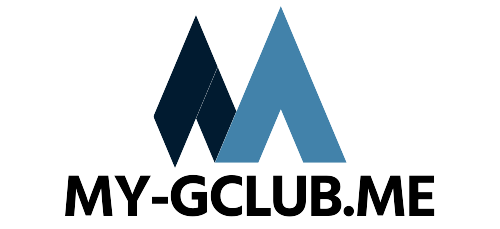
The digital landscape is undergoing a transformative shift with the advent of Web3 technology, a new paradigm that redefines how we interact with the internet. This exciting evolution focuses on decentralization, empowering users by giving them greater control over their data and online experiences. Gone are the days when a handful of corporations dictated the rules of engagement; Web3 is built on the foundation of blockchain technology, smart contracts, and decentralized applications that support transparency and trust.
In this deep dive into Web3 development, we will explore the innovative tools and frameworks that are shaping the future of the web. Developers are now tasked with creating applications that not only meet user needs but also align with the decentralized ethos. From understanding the intricacies of blockchain to harnessing the potential of cryptocurrencies and NFTs, the journey into Web3 offers endless possibilities for creativity and collaboration. Join us as we unlock the potential of this new digital frontier.
Understanding Web3 Technology
Web3 technology represents the evolution of the internet towards a decentralized framework, where users regain control over their data and digital assets. Traditional web models are often characterized by centralized platforms that govern data and transactions, resulting in privacy concerns and a lack of ownership. In contrast, Web3 leverages blockchain technology, enabling peer-to-peer interactions and the creation of decentralized applications that operate without the need for intermediaries.
At the core of Web3 are concepts such as decentralization, security, and user autonomy. Blockchain serves as the foundational technology, providing an immutable ledger that records transactions transparently and securely. This ensures that users can trust the system without relying on a central authority. Additionally, smart contracts introduce programmable agreements into the ecosystem, allowing for automated transactions and governance processes, which enhances efficiency and reliability.
Web3 also introduces new economic models through the use of tokens and cryptocurrencies, which can incentivize participation and collaboration within decentralized networks. This shift not only empowers creators and users but also opens up new avenues for innovation in various industries. As more developers and entrepreneurs explore the potential of Web3, its impact on the digital landscape is set to redefine how we interact with technology and one another. thirdweb
Key Tools and Frameworks for Development
In the realm of Web3 development, a variety of tools and frameworks have emerged to facilitate the building of decentralized applications. One of the most prominent frameworks is Ethereum’s Truffle, which provides a comprehensive suite for smart contract development, testing, and deployment. It streamlines the process by offering built-in libraries, making it easier for developers to work on projects that leverage the Ethereum blockchain. Another notable tool is Hardhat, which focuses on enhancing the development experience with features like a local Ethereum network and smart contract debugging capabilities.
For creating user interfaces that connect with smart contracts, developers often turn to libraries such as Web3.js and Ethers.js. These libraries allow seamless integration of blockchain interactions within web applications, enabling users to communicate with the decentralized network effortlessly. Web3.js is well-established and widely used, while Ethers.js provides a more lightweight alternative with a focus on simplicity and security, catering to various preferences in the developer community.
Additionally, IPFS (InterPlanetary File System) plays a crucial role in Web3 development by providing a decentralized storage solution. It allows developers to store and share files in a distributed manner, aligning perfectly with the principles of decentralization. Integrating IPFS into applications not only enhances scalability but also ensures data integrity and persistence, making it an essential tool in the Web3 ecosystem.
Challenges and Future Trends in Web3
The journey toward a fully realized Web3 is not without its challenges. Scalability remains one of the most pressing issues, as current blockchain technologies often struggle to handle a large number of transactions efficiently. This limitation can hinder mainstream adoption, as users and developers seek systems that can accommodate high traffic and facilitate quick transactions. Additionally, the complexity of decentralized applications can pose a barrier for less technically inclined users, requiring simplified interfaces and better user experiences to drive engagement.
Security is another critical challenge facing Web3 development. While decentralization adds layers of protection against certain attacks, it also opens up new vulnerabilities, including smart contract exploits and phishing attacks. Developers must prioritize building secure systems, conduct thorough audits, and continuously update their protocols to safeguard users’ assets and data. Educating users about potential risks and promoting best security practices are also essential for building trust in these emerging technologies.
Looking ahead, several future trends are likely to shape the Web3 landscape. Interoperability between different blockchain networks is becoming increasingly important, enabling seamless communication and transactions across diverse platforms. Furthermore, the rise of decentralized finance (DeFi) will continue to disrupt traditional financial systems, as users become more comfortable with decentralized identity solutions and self-sovereign identities. The integration of artificial intelligence and machine learning into decentralized systems will also unlock new use cases, fostering innovation and expanding the possibilities of Web3 development.
